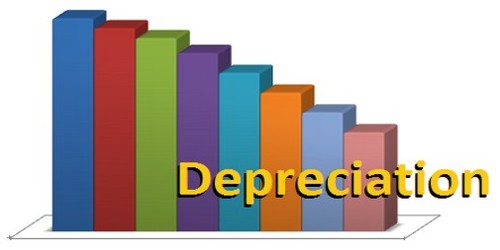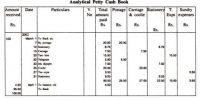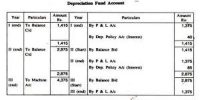Depreciation is the measure of wearing out of a fixed asset. All fixed assets are expected to be less efficient as time goes on and as they are continuously used in a business, for example.
The causes of depreciation may be internal or external. Factors external to causes of depreciation include passage of time, obsolescence, permanent fall in market value, and weather and accidental elements. The internal causes happen from the operation of any cause natural to or inherent in the asset itself. These factors are not connected to the asset. External causes arise from the operation of forces outside the business.
External Causes
- Obsolescence
Obsolescence implies the chance of an asset becoming out of fashion. The old asset will become obsolete (useless) due to new inventions, improved techniques, and technological advancement. This is a loss arising on account of a new invention, technological changes, improvement in production methods, legal restraints, etc. For example, the old machine becomes obsolete with the invention of a more economical and sophisticated machine whose productive capacity is usually larger and the cost of production is therefore less. These factors make it economical to replace the assets though they are still usable. In order to survive in the competitive market, manufacturers must install new machines replacing the old ones. Market changes are also a disturbing factor. For example, the demand for a product or service falls to such a level that it is no longer viable to continue with that product or service. Again, it may occur that the articles produced by the old machines are no longer saleable in the market on account of the change of habit and taste of the people.
- Effluxion of time
When assets are exposed to forces of nature, like weather, wind, rain, etc., the value of such assets may decrease even if they are not put into any use. Assets lose their value due to weather, rain, sunshine, or any accident like fire, earthquake, flood, tidal forces, or similar other disasters. Some assets diminish in value on account of the sheer passage of time, even though they are not used e.g., leasehold property, patent right, copyright, etc. The effect of these factors enters into calculating depreciation.
- Time Factor
Lease, copy-right, patents are acquired for a fixed period of time. On the expiry of the fixed period of time, the assets cease to exist. Assets like leasehold property become useless after a period. Relevant statutes may limit the period for which an organization can use assets in the production process. Assets may be destroyed by abnormal reasons such as fire, earthquake, flood, etc. In such a case the destroyed asset may be written-off as loss and a new one purchased. Assets like a trademark, patents lose their value with the passage of time.
- Permanent fall in the market value
Assets like investments lose their value due to a downfall in their market value. Such a fall in the price of an asset should be treated as depreciation. It is only the permanent fall in the value of assets. Temporary fall in the value of investments should be ignored for calculating depreciation.
















